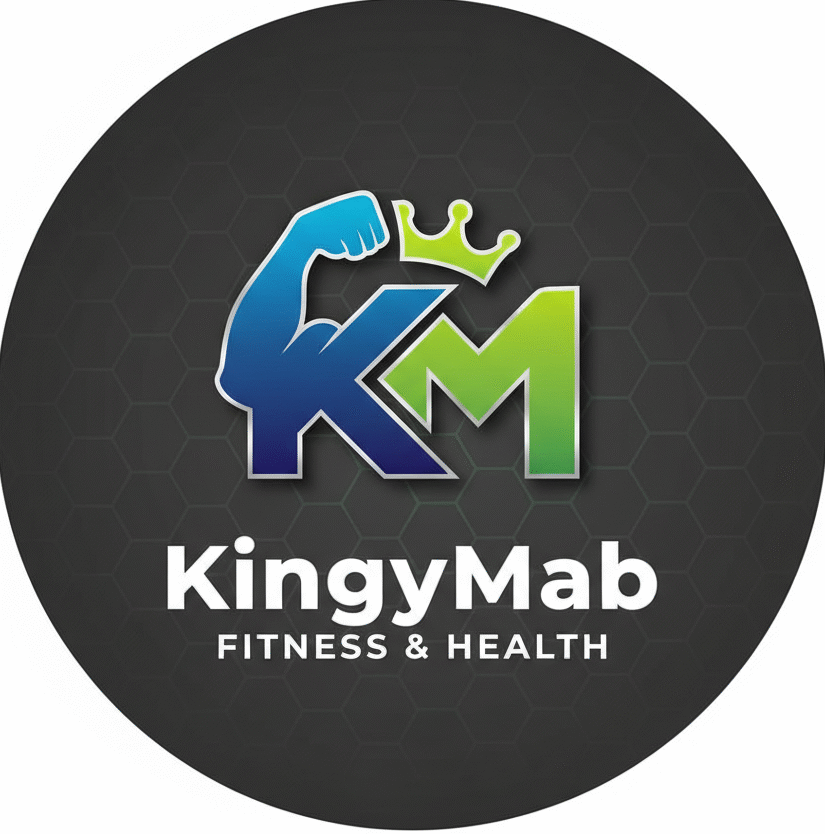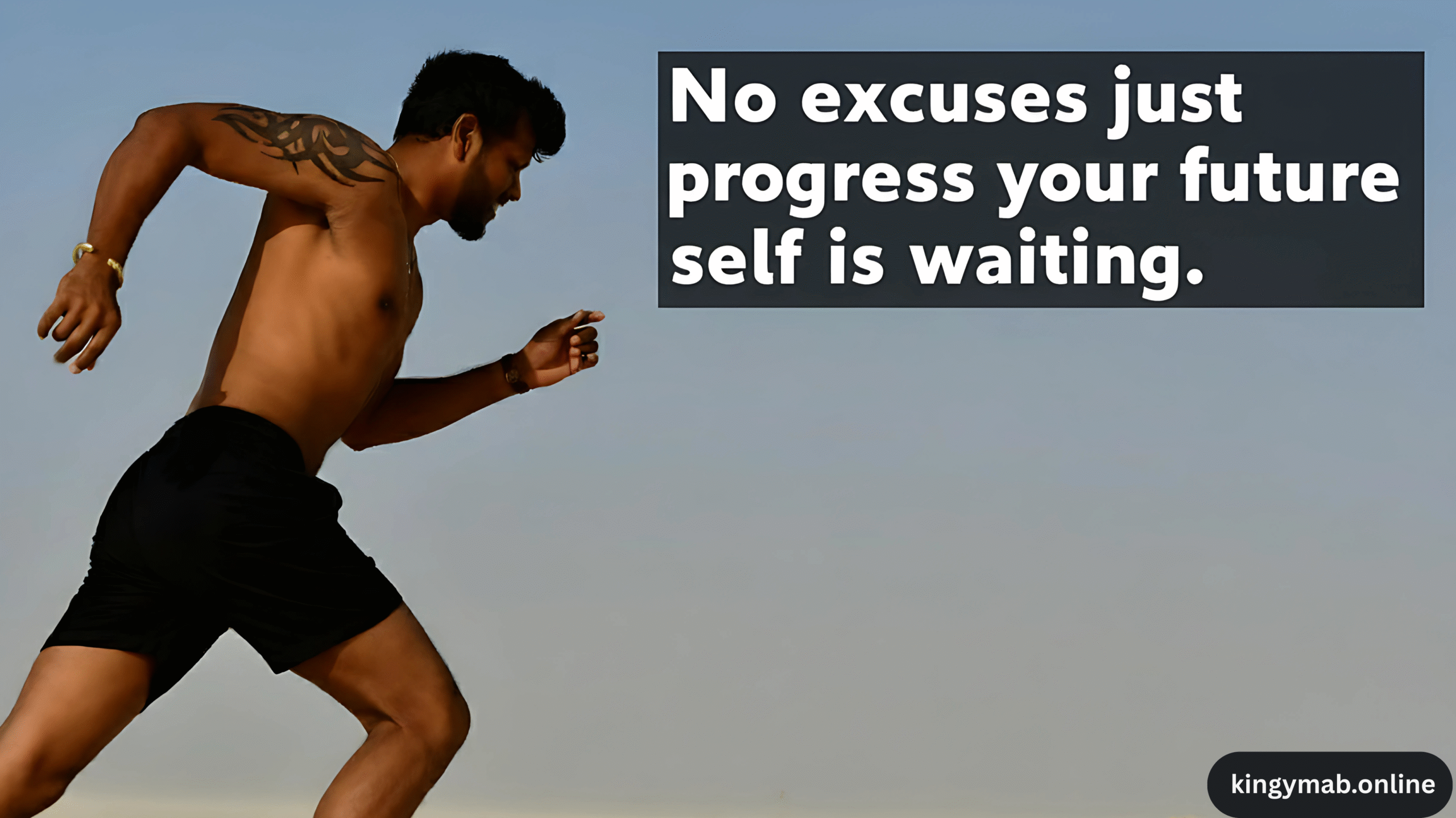Table of Contents
Fitness isn’t just about looking good in the mirror anymore; it’s about living a healthier, stronger, and more balanced life. In today’s fast-paced world, where stress and sedentary habits dominate, prioritizing your physical health can transform your overall well-being.
Think about it: when you move more, eat better, and train consistently, you don’t just feel physically stronger—you also sharpen your mind, improve your mood, and build resilience for whatever life throws your way. Fitness has become the secret weapon for success, not only in the gym but also in relationships, work, and even mental health.
The New Meaning of Fitness in Today’s World
For years, the word fitness was tied only to bodybuilding or endless running. But now, the concept has evolved. Modern fitness is about function, balance, and sustainability. It’s not about spending hours in the gym every single day; it’s about finding workouts that enhance your lifestyle.
From mobility training to smart fitness trackers, the industry has shifted towards personal goals that prioritize long-term health. People are now more conscious of how their workouts support everyday activities—like climbing stairs without getting winded, carrying groceries with ease, or simply playing with their kids without pain.
Workouts That Actually Work
A workout can mean different things depending on a person’s goals, lifestyle, and preferences. For some, it’s lifting heavy weights; for others, it’s yoga, Pilates, or dance. The beauty of workouts today is their diversity. You don’t have to squeeze yourself into a single routine—fitness has become highly customizable.
If you’re short on time, even a 20-minute HIIT session can get your heart rate up and deliver results. For those who enjoy slower, controlled movements, Pilates or strength training sessions may be the best option. And guess what? You can mix and match styles, keeping your workout routine both fresh and effective.

Why a Personal Trainer Still Makes a Difference
Although apps, YouTube videos, and online programs have made fitness accessible, nothing replaces the value of a personal trainer. A trainer doesn’t just hand you a generic routine—they watch your form, understand your strengths and weaknesses, and push you safely towards your goals.
A personal trainer can also create a well-rounded plan that blends cardio, strength, and flexibility in the right balance. Whether you’re aiming for fat loss, muscle gain, or improved endurance, having that accountability partner often makes all the difference.
HIIT: The Time-Saving Workout Revolution
If you haven’t heard of HIIT (High-Intensity Interval Training), you might be missing out on one of the most effective fitness methods of our time. HIIT is all about pushing hard with quick bursts of exercise, followed by short moments of rest to recover. In as little as 15–25 minutes, you can burn serious calories and improve cardiovascular health.
The best part about HIIT is that it keeps your metabolism active even after you finish, helping your body burn calories long into the day. It’s not only efficient but also incredibly adaptable—you can do bodyweight HIIT at home or incorporate weights, making it perfect for people with busy schedules.
The Rise of Mobility Training
Traditional workouts often focused only on strength and cardio, but now mobility training is stealing the spotlight. Why? Because how well you move matters just as much as how often you move. Mobility training enhances flexibility, joint health, and balance, reducing the risk of injury in the long run.
Athletes, seniors, and even office workers are embracing mobility sessions that combine stretching, dynamic movement, and balance drills. When added to your workout plan, mobility training ensures that you can continue exercising safely and pain-free for years to come.
Zone 2 Cardio: The Smart Way to Build Endurance
Another buzzword in the fitness space is Zone 2 cardio. Unlike HIIT, Zone 2 focuses on maintaining a moderate intensity level where your body primarily burns fat for energy. This type of cardio strengthens your aerobic base, improves stamina, and enhances recovery.
Running, cycling, or even brisk walking can fall into Zone 2, as long as your heart rate stays in the right range. Many experts now recommend balancing high-intensity training with Zone 2 cardio to achieve well-rounded fitness results.
Tracking Progress with Fitness Technology
We live in a digital world, and fitness trackers are now a staple in most workout routines. Whether it’s counting your steps, monitoring your heart rate, or analyzing sleep, these devices give you valuable data to improve your habits.
With the rise of wearable technology, fitness has become smarter. Watches, rings, and even clothing can now track metrics like recovery, oxygen levels, and calorie burn. Having access to this information allows you to personalize your fitness journey in a way that wasn’t possible before.
Health and Wellness Coaching: The Holistic Approach
True health goes beyond workouts. This is exactly where health and wellness coaching makes a real difference. These coaches look at your entire lifestyle—sleep, stress, nutrition, and exercise—and guide you towards lasting habits.
Rather than relying on quick fixes or crash diets, wellness coaching encourages steady and lasting lifestyle changes. It helps people address the root causes of unhealthy behavior, creating a balance that feels natural rather than forced. This holistic method is quickly becoming one of the most popular fitness trends in the United States.
Building a Sustainable Training Plan
Consistency is the foundation of fitness. An effective training plan needs to push your limits while still being practical enough to follow consistently. Overloading your schedule with seven intense sessions a week might sound good, but it often leads to burnout or injury.
Instead, combine a mix of strength workouts, HIIT, mobility exercises, and Zone 2 cardio. Sprinkle in rest days and lighter recovery activities such as yoga or walking. By designing a balanced plan, you’ll stay motivated and injury-free.
The Role of Nutrition in Fitness
No matter how intense your workouts are, proper nutrition remains the foundation of true fitness. Think of food as fuel—without the right nutrients, your body won’t perform at its best. Protein helps repair muscles, carbohydrates give energy, and healthy fats keep hormones in balance.
Instead of focusing on “dieting,” aim to create a balanced eating style that supports your workouts. Pair your personal trainer’s advice with tracking tools, and you’ll notice improved energy, better recovery, and faster progress.
Motivation and Mindset: The Hidden Keys to Success
Physical training is half the battle—your mindset does the rest. On days when you don’t feel like showing up, having the right attitude can make or break your consistency. Remember, progress is rarely linear. There will be days when your workout feels amazing, and others when even a simple routine feels tough. Both are normal.
Setting small, realistic goals helps maintain motivation. Whether it’s running your first mile, lifting a heavier weight, or simply completing three workouts in a week, each win builds confidence. With time, these small wins build up and move you steadily toward your bigger fitness goals.
How Fitness Trends Are Shaping the Future
Looking ahead, the fitness industry continues to grow with innovations in wearable technology, online personal trainers, and hybrid wellness programs. From AI-driven workout plans to virtual reality gyms, the options are endless.
Yet, no matter how advanced the tools become, the fundamentals of fitness remain the same: move your body, eat well, and stay consistent. Technology is simply here to enhance your journey, not replace the human effort that drives results.
What do you mean by fitness?
Fitness simply means the ability of your body and mind to handle daily life with energy, strength, and without unnecessary fatigue. It’s not just about looking muscular or slim—it’s about feeling healthy, moving easily, and having the stamina to do the things you enjoy.
In simple words: if you can climb stairs without gasping for air, carry groceries without straining, and still have enough energy to play with your kids or focus at work, you’re experiencing real fitness. It’s about balance—strength, flexibility, endurance, and mental well-being all working together.
How to get fit in 7 days?
Now, let’s be real—nobody becomes a superhero in just 7 days. But what you can do in one week is kickstart your fitness journey and feel noticeable improvements in energy, mood, and even digestion.
Here’s a simple 7-day strategy:
Day 1–2: Start with light workouts (walking, bodyweight training, or a short HIIT session).
Day 3: Focus on mobility and stretching to loosen up stiff muscles.
Day 4–5: Add strength training—push-ups, squats, or light weights.
Day 6: Include cardio like jogging, cycling, or Zone 2 cardio.
Day 7: Rest actively with yoga or a long walk.
Along with your workouts, focus on eating whole foods, cutting back on sugar, getting enough protein, staying hydrated, and sleeping well. In 7 days, you won’t become “fit” for life—but you’ll notice enough change to stay motivated for the long run.
What are the 6 types of fitness?
Fitness isn’t one-dimensional. Experts usually break it down into six main types:
Cardiovascular Endurance – How well your heart and lungs supply energy to your body during activities like running, cycling, or swimming.
Muscular Strength – How much force your muscles can exert (lifting weights, push-ups).
Muscular Endurance – The ability to keep using your muscles without getting tired quickly (planks, long reps).
Flexibility – How freely and comfortably your joints can move through their complete range of motion (such as in yoga or stretching).
Power – The ability to perform movements quickly with force (sprints, jumps).
When you combine these six, you achieve well-rounded fitness that prepares you for almost any activity in life.
What are the 5 things of fitness?
Some experts simplify fitness into five key elements:
Endurance – Both cardiovascular and muscular, helping you last longer during workouts.
Strength – Developing muscle power to perform everyday tasks with ease.
Flexibility – Staying mobile and preventing stiffness or injury.
Balance – Essential for stability, coordination, and preventing falls.
Body Composition – Maintaining a healthy ratio of muscle to fat.
Q1: What do you mean by fitness?
Fitness is your body’s ability to stay healthy, strong, and active—so you can handle daily tasks without getting tired or stressed. It’s not just about looks; it’s about energy, balance, and overall well-being.
Q2: How to get fit in 7 days?
You can’t transform completely in 7 days, but you can kickstart your journey. Do short workouts daily, eat clean food, drink water, sleep well, and add stretching or light cardio. You’ll feel more energetic and motivated by the end of the week.
Q3: What are the 6 types of fitness?
The six types are:
- Cardiovascular endurance
- Muscular strength
- Muscular endurance
- Flexibility
- Body composition
- Power
Q4: What are the 5 things of fitness?
The five key elements of fitness include:
- Endurance
- Strength
- Flexibility
- Balance
- Body composition
Q5: Is HIIT better than regular cardio?
HIIT is faster and burns more calories in less time, while regular cardio builds stamina and endurance. Both have benefits, and the best choice depends on your goals.
Q6: Do I really need a personal trainer?
Not always, but a personal trainer can help you with correct form, tailored plans, and motivation—making your progress safer and faster.
Q7: How important is nutrition in fitness?
Very important! Workouts shape your body, but food fuels it. Eating balanced meals with protein, carbs, healthy fats, and plenty of water is key to real results.
Q8: Can wearable technology improve my fitness?
Yes! Fitness trackers and smart wearables monitor heart rate, steps, sleep, and calories. This data helps you stay accountable and adjust your training for better results.
Q9: What is mobility training and why does it matter?
Mobility training improves joint movement, flexibility, and balance. It prevents stiffness and injuries, making your workouts safer and more effective.
Q10: What is Zone 2 cardio?
Zone 2 cardio is moderate-intensity exercise (like jogging or cycling) where you can still talk but not sing. It helps build endurance, burns fat efficiently, and improves heart health.
contact us for your desire post blog: contact us

